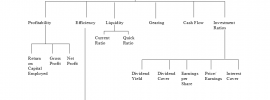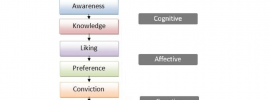
Omnichannel retailing is a business strategy of providing customers with a seamless experience by enabling them to interact with the brand using various channels, including offline as well as online channels. In omnichannel retailing, different channels of distribution are used with the focus … [Continue reading] about Omni-Channel Retailing & Online Sales: Concepts & Theories






































